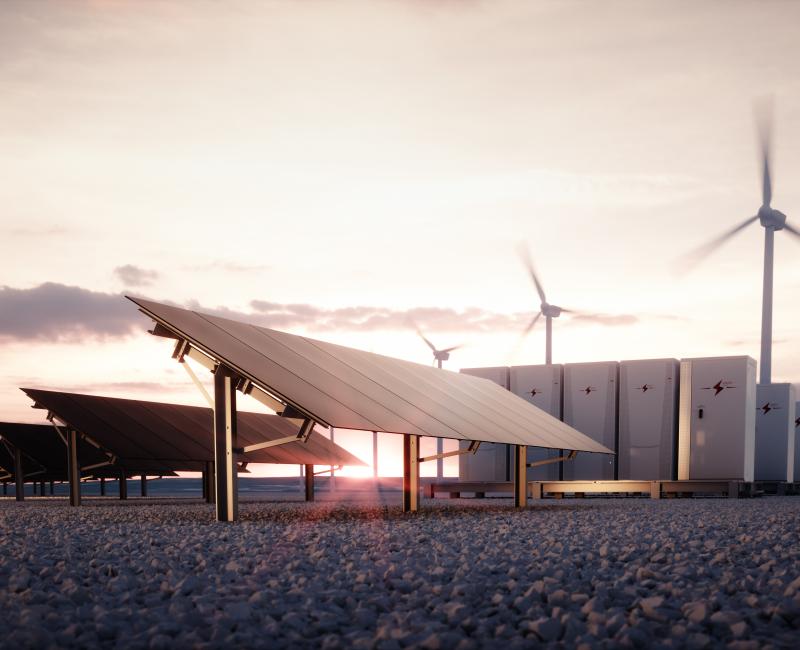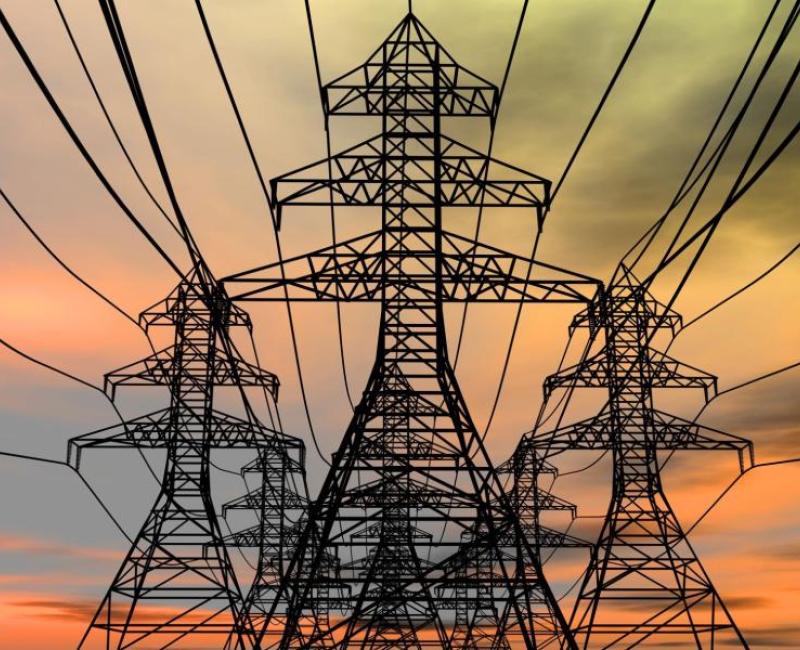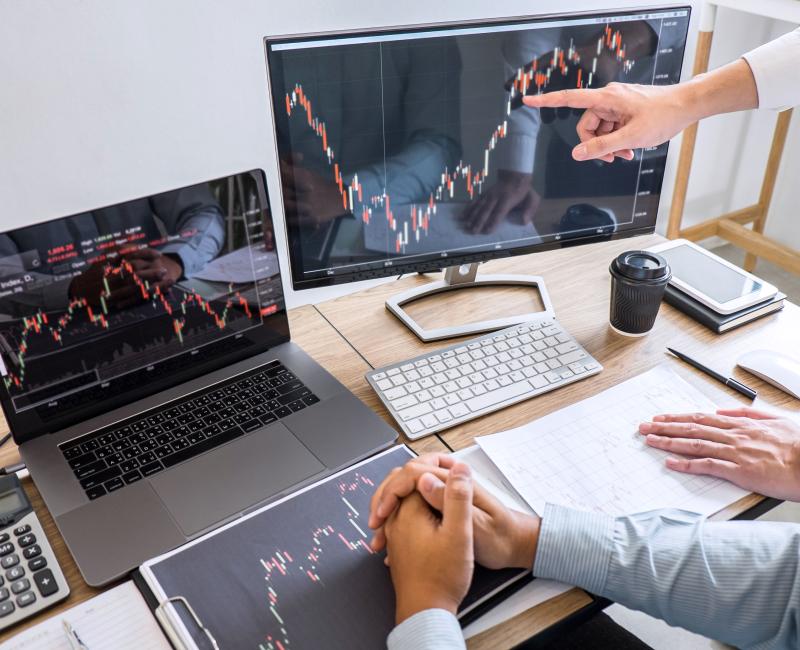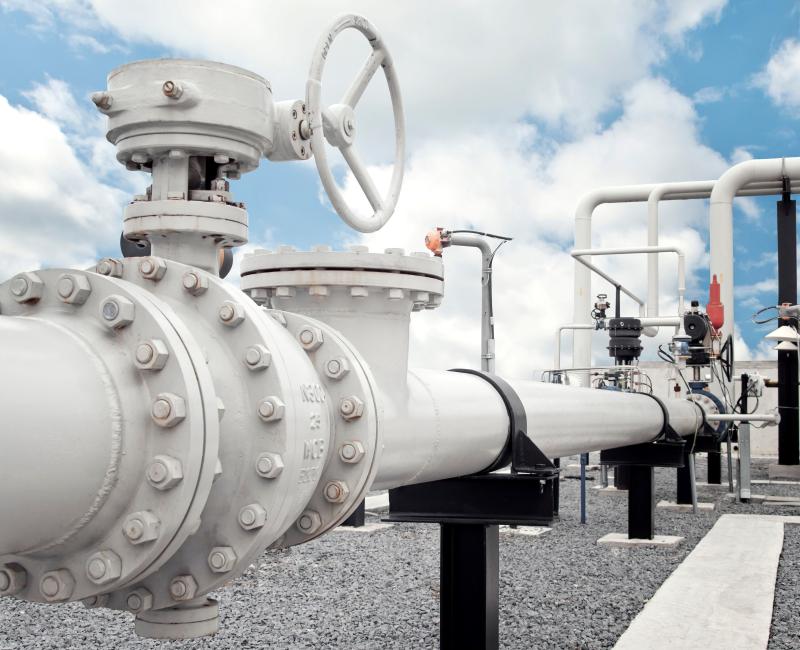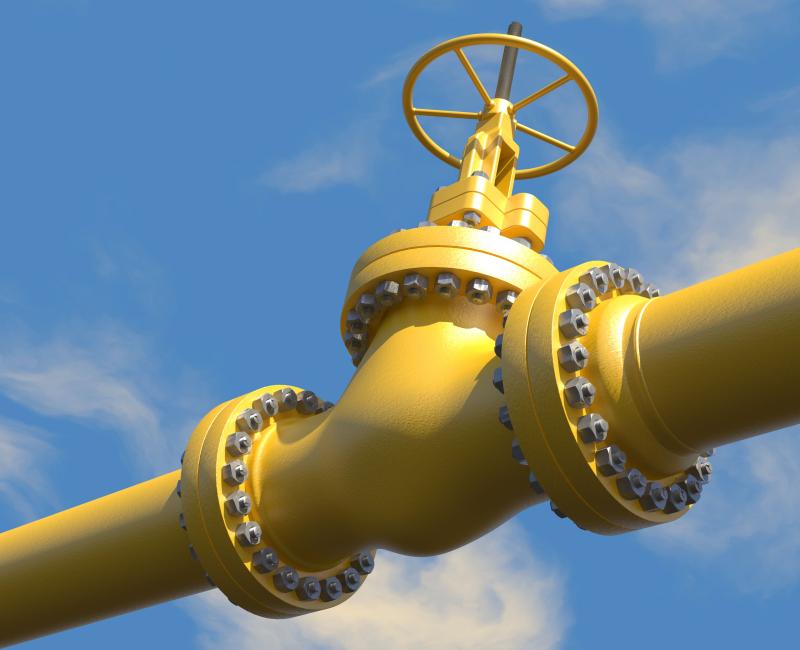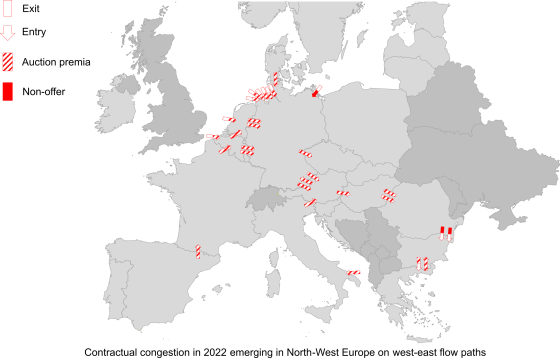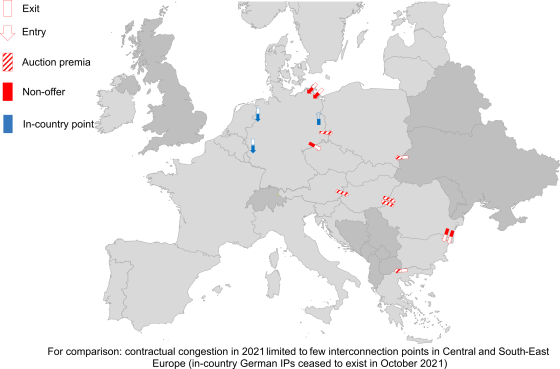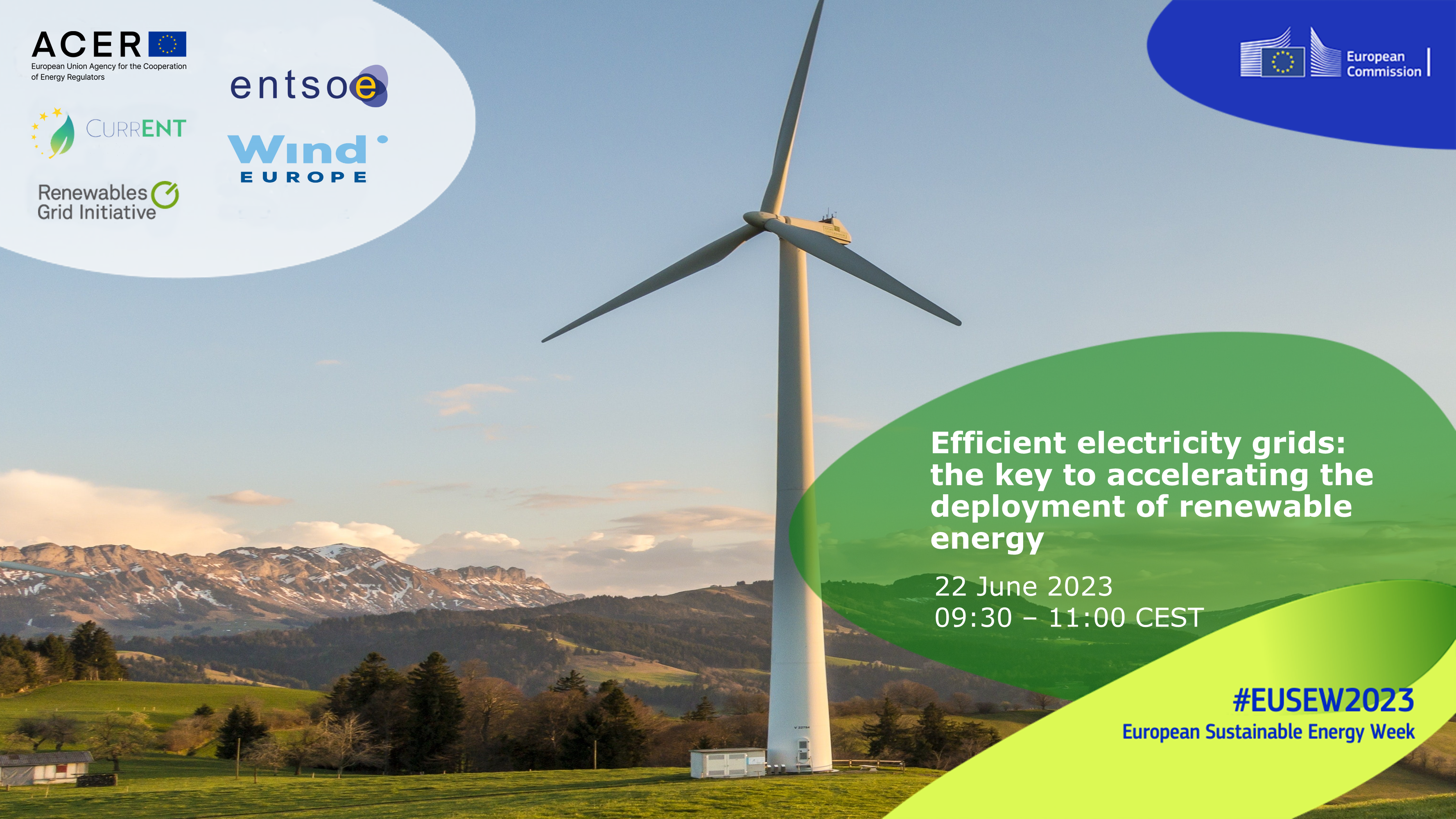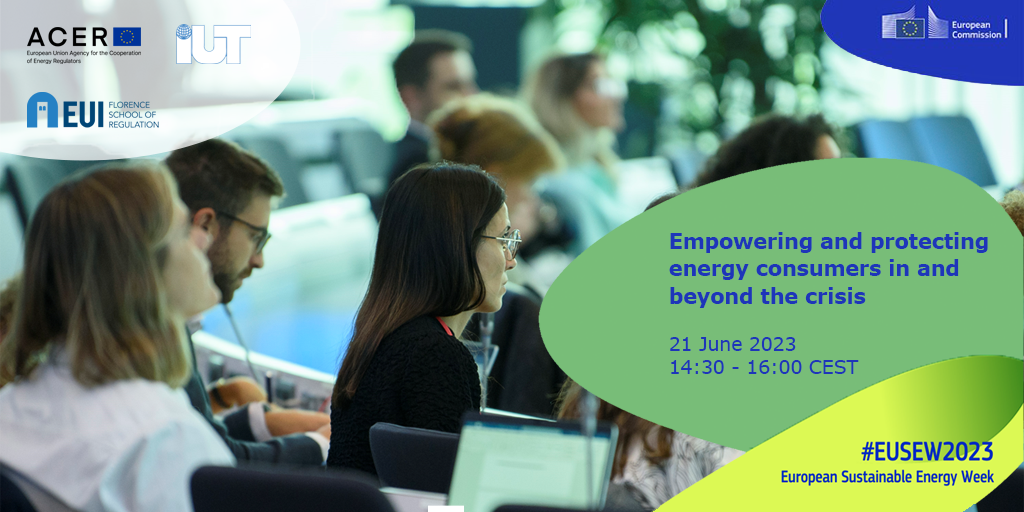ACER will consult on its upcoming electricity cross-border capacity report
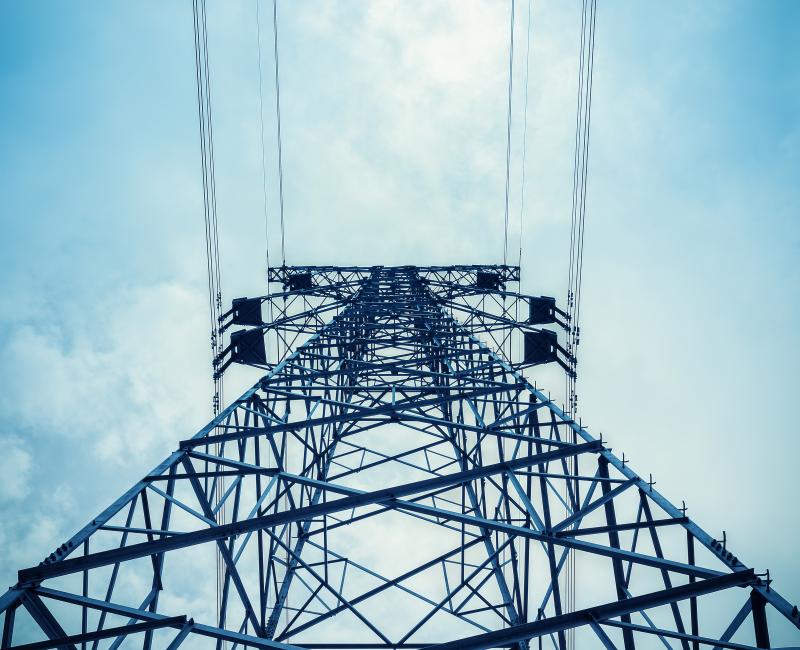
ACER will consult on its upcoming electricity cross-border capacity report
What is it about?
From 21 July to 15 September 2023, ACER will run a public consultation on its upcoming report on cross-border capacity in EU electricity markets in 2022, to be published on 21 July 2023.
What is the report about?
ACER’s monitoring is crucial for integrated markets, as it contributes to efficient cross-border trade, integration of renewables, ensuring security of supply and reducing price volatility.
The ACER report on cross-border capacity in electricity markets will:
- Address network element usage, barriers, and potential solutions;
- Highlight the importance of maximizing cross-zonal trading for efficiency and decarbonization; and
- Evaluate the progress made towards the Clean Energy Package's target of achieving a minimum of 70% transmission capacity for cross-zonal trade by 2025.
What are the next steps?
After publishing its report on cross-border capacity in electricity markets on 21 July 2023, ACER will:
- Run a public consultation to collect stakeholders’ views on the report (from 21 July to 15 September 2023); and
- Organise a workshop to discuss the report’s conclusions (6 September 2023).
Based on its findings and stakeholders’ input, ACER will issue a formal opinion with recommendations to the European Commission and European Parliament by November 2023.
